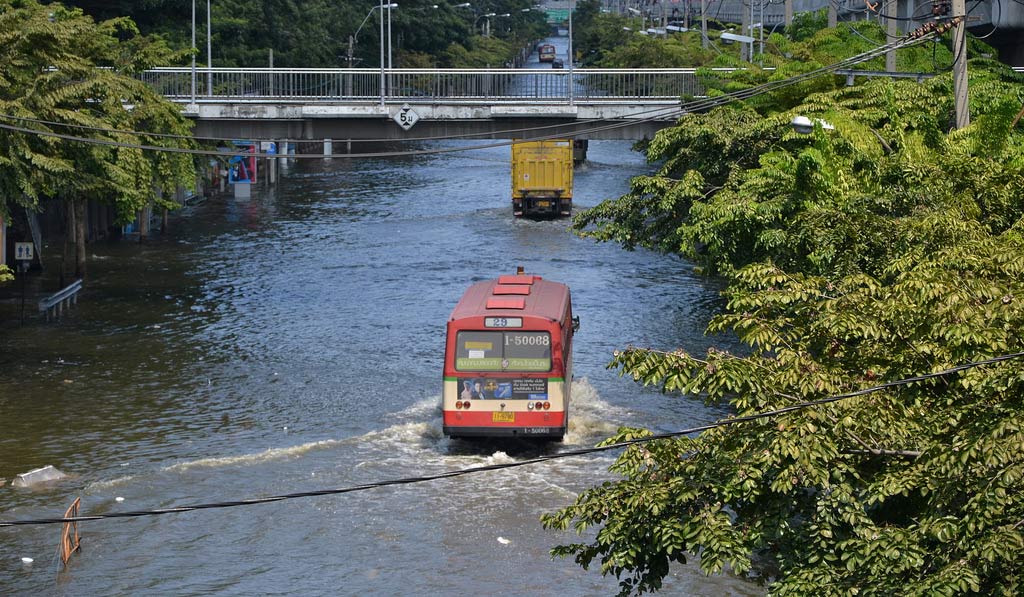More than 9.6 million people in India, Bangladesh and Nepal have been affected by flooding from this year’s devastating monsoon rains. Homes and crops have been destroyed, families have been stranded, and by government counts, at least 550 people have lost their lives so far.
Monsoon season, usually from June to September, brings a downpour of heavy rain every year in South Asia, which is important for the region’s agriculture. But according to the New York Times, scientists say that climate change is affecting the rainfall patterns: Instead of steady but less intense rains, there have been more frequent extreme rains, causing more flooding and even cyclones. Some say this year’s is even worse than usual.
“A third of Bangladesh is under water in what has been the worst monsoon season in at least a decade,” Mostak Hussain, Humanitarian Director of Save the Children Bangladesh, said in a press release. “Extreme weather events are becoming much more frequent.”
Scientists have warned that Bangladesh, which suffers from frequent flooding and land degradation, may lose more than 10 percent of its land to rising sea levels due to climate change, forcing up to 18 million people from their homes.
Hussain says that right now, entire communities have been cut off, people are being swept away and drowning in overflowing rivers and snake bites have also become a serious concern. In Nepal, Save the Children’s Senior Humanitarian Manager, Sanjeeb Kumar Shakya says years of environmental degradation and land erosion have resulted in more dangerous landslides this year.
The IFRC reports that nearly one-third of Bangladesh has been flooded, with more to come. In India, flooding has been concentrated in the northern states of Assam, West Bengal, Bihar and Meghalaya, affecting more than 6.8 million people. Additionally, many communities in Bangladesh and India are still recovering from Cyclone Amphan two months ago, which hit more than 260,000 homes, farms and infrastructure. On top of all that, this year’s monsoon season is coinciding with COVID-19.
“People in Bangladesh, India and Nepal are sandwiched in a triple disaster of flooding, the coronavirus and an associated socioeconomic crisis of loss of livelihoods and jobs,” said Jagan Chapagain, Secretary General, International Federation of Red Cross and Red Crescent Societies. “Flooding of farm lands and destruction of crops can push millions of people, already badly impacted by the COVID-19, further into poverty.”
As the floods have left millions homeless, social distancing has also become more difficult. In India, which has been easing lockdown measures, experts are worried that waterlogging will undermine containment efforts, resulting in an uptick in infections. In addition, epidemiologists warn that the country has yet to hit its peak in COVID-19 infections, meaning the worst is likely still to come for the country’s already overburdened health system.
For humanitarian workers, COVID-19 is complicating flood relief efforts, as they struggle to address the converging crises, particularly for women and children who are among the most vulnerable because of access to health services is limited, and many are in need of protection from domestic abuse during lockdown.
“We have worked with children and communities to build their resilience to floods and other extreme weather,” said Save the Children India’s Policy Director, Anindit Roy Chowdhury, in a press release, “but nothing could have prepared us for the complexity of the situation we are facing right now.”
